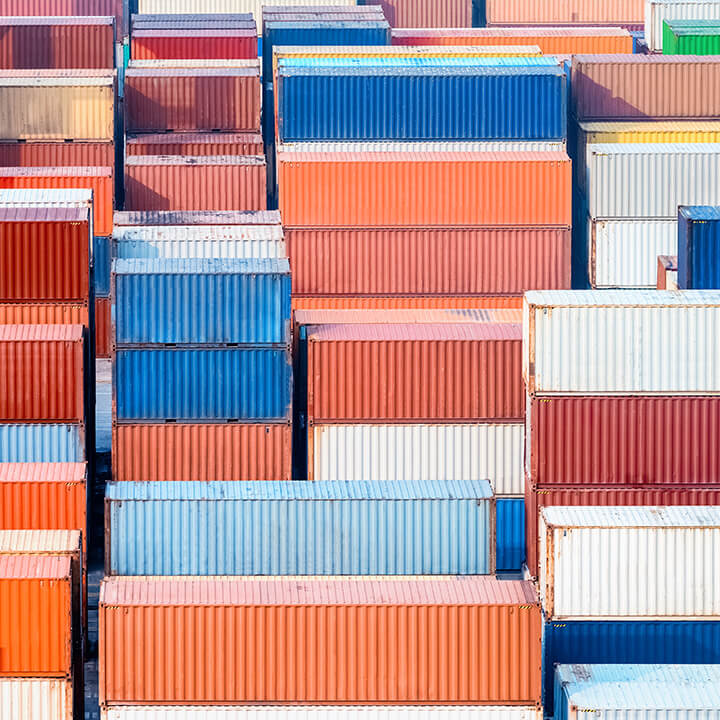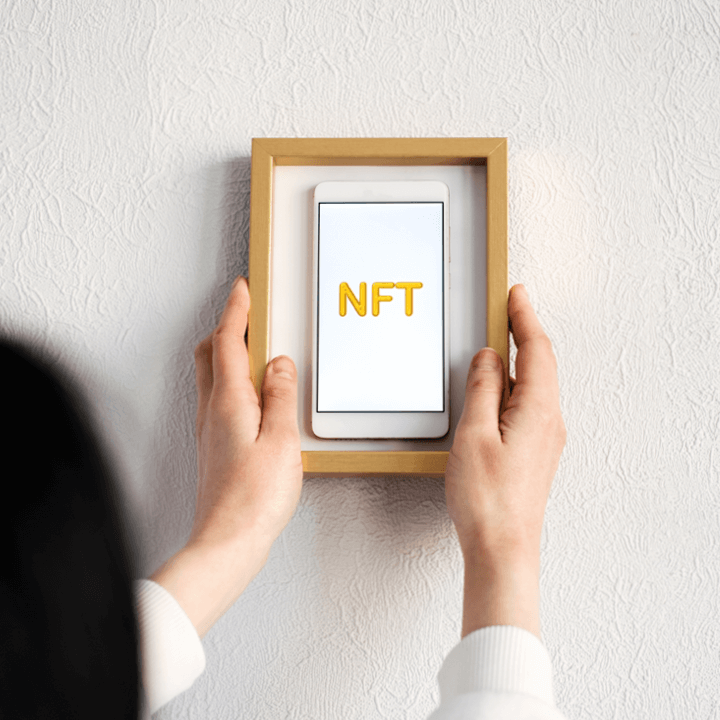Cracking down on counterfeits: How to combat a $1.8 trillion dollar industry
20th December 2023
The Topline
“The counterfeit trade has drastically changed over the last three decades. The traditional image of local markets with individuals selling pirate DVD’s has progressed to a global $1.8 trillion industry. The rise of E-commerce has changed the counterfeit landscape and has introduced challenges in combating counterfeit traders.”
– Alan Harper, Head of Intellectual Property, Trade Marks & Designs


Why do consumers buy counterfeits?
Counterfeits are commonly cheaper than their genuine counterparts. On average, counterfeit goods offer around a 15% discount, which is attractive to many customers.
However, these savings come at a cost as these counterfeit products are often of a far lesser quality, and in some circumstances, are dangerous.
What’s the problem with counterfeits?
The discounts on counterfeit goods are often made possible for a number of reasons. This can be through the use of inferior materials or the counterfeit products have not been made to the same standards and have not undergone the same level of quality testing as legitimate goods.
Some customers actively seek counterfeit products. In particular, counterfeit clothing items as the perception of risk is lower. However, these items could still leave purchasers open to issues surrounding fraud, personal data breaches, or even identity theft.
The lack of testing for some products means that these products can be dangerous. Counterfeit beauty products can contain ingredients which may aggravate the skin, baby products may not hold up to safety requirements, and electrical products have been known to suffer from serious issues.
Worryingly, even pharmaceuticals are amongst common counterfeit goods. One-third of these counterfeit drugs have no active ingredient in them which can have fatal consequences.
What is often overlooked is that any money spent by customers on counterfeit goods is an investment into organised crime, illegal or poor business practices, and ultimately to the detriment of the global economy.
An example of the damage counterfeit products can cause is that the attacks at the Charlie Hebdo were funded through the sale of counterfeit Nike trainers, as noted in this report from the EUIPO.
How prevalent are counterfeits?
It is estimated that out of every 100 products sold, 27 are fake.
Almost half of those fake products were purchased without the customer knowing that those products were fake.
Of the 100 products purchased, 5 were purchased with the knowledge that they were fake, and with the intention to purchase fake products.
On average, 43% of customers who have purchased counterfeits are surprised to be informed that the goods are counterfeit.
Well-known e-commerce stores stock numerous unknown brands, or unbranded products, all of which evoke characteristics of genuine articles or even claim to be genuine.
These sites do have methods by which retailers can be reported for selling suspected counterfeits, or at minimum, infringements of trade mark and copyright.
Whilst e-commerce is the new home of counterfeit products, there is still a strong foothold in some areas of the UK.
Cheetham Hill has been a sore point for the Greater Manchester Police over the last 30 years. The Greater Manchester Police and numerous partners have, in the last 12 months, seized hundreds of thousands of products including over 30,000 football shirts with a street value of £2 million-worth alone.
Much of the counterfeit goods in the UK pass through hubs such as Cariocca Business Park. This was discovered and raided by Rochdale Trading Standards alongside operatives from other enforcement agencies. A treasure trove of shipping containers was raided and seized containing over 204,000 counterfeit goods. This was all operated by 30 staff who would distribute approximately £1 million-worth of counterfeit stock each week.
Unfortunately, counterfeits are everywhere.
It is only through collaboration and from enforcement strategy that steps can be taken to deal with not only the counterfeit goods but the additional criminal activity which runs hand-in-hand with counterfeit trading.
What can businesses do to protect their brand and their customers?
Educating consumers as to indicators of genuine goods is important, as well as highlighting the risks of purchasing fakes.
Protecting your brand through registered trade marks and designs gives you the ability to report any counterfeits found on various e-commerce marketplaces. Having registered intellectual property rights also gives you a legal right of action against the sellers for intellectual property infringement.
If you hold registrations in multiple jurisdictions, you can register your trade marks at customs agencies across the globe. This gives you the opportunity to block shipments of counterfeit goods, or the importation of suspected counterfeits. (To highlight the levels of counterfeiting that UK Border Force deal with, in August 2023, Border Force at Heathrow seized counterfeit goods worth over £17 million-worth with the highest trending products being counterfeit vaping devices and AirPods.)
Dependent on your industry, there may be associations, or trade organisations that you can join which encourage collaborative efforts against counterfeits.
Ultimately, businesses need to invest in protecting their brands by obtaining registered trade marks and designs.
Businesses may also consider adopting anti-counterfeiting technology in their product. Such technology includes the use of holograms, unique product codes, and other security features which make it more difficult to counterfeit your products. These anti-counterfeiting measures can also allow customs agencies to more easily identify counterfeit goods.
How we can support you
We can help protect your intellectual property with a bespoke enforcement strategy.
This will include a strategy for through trade mark registrations in the UK or worldwide and assist with protecting your brand at border control in the UK and customs agencies across the globe.
We’ve helped guide numerous clients dealing with counterfeit products throughout the world. If you want to enquire about options for protecting your brand against counterfeits, please get in touch with Alan or John-Joe for more information and advice.








